#allemano
Text

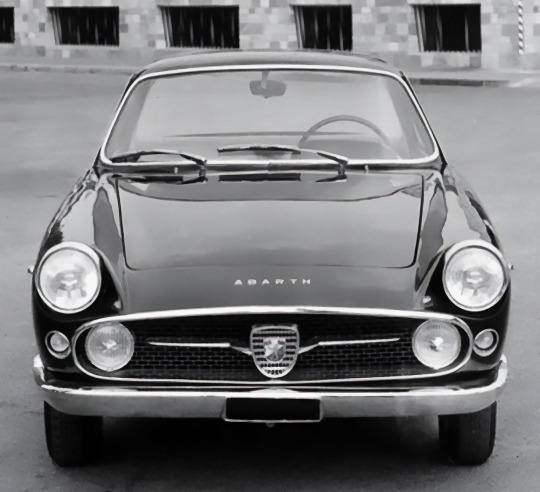


Fiat-Abarth 1600 Coupé, 1959, by Allemano. It's unclear how many of these were made, based on Fiat's mid-range saloon and built by Carrozzeria Allemano
206 notes
·
View notes
Text
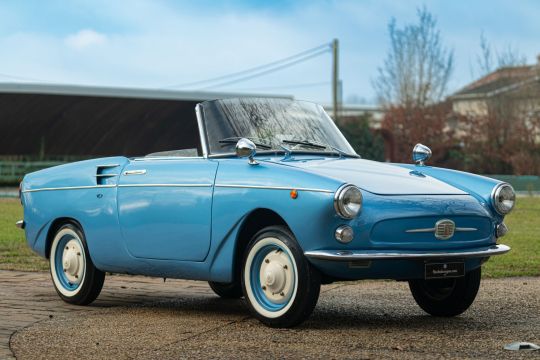



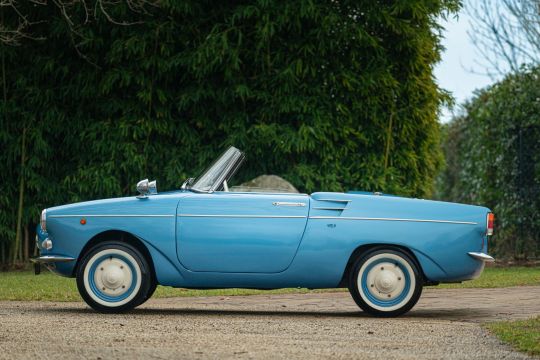

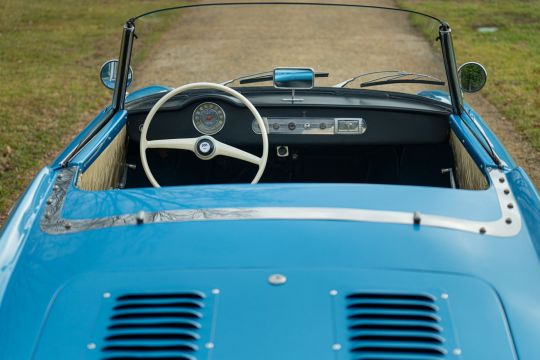
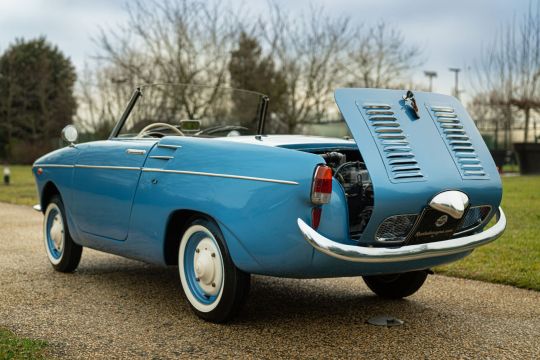


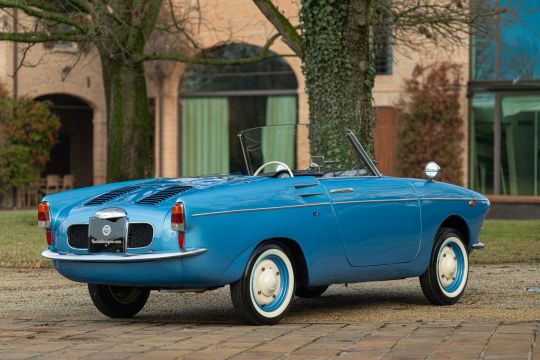
Fiat 500 Spider carrozzeria Allemano 1957. - source Ruote da Sogno.
59 notes
·
View notes
Photo





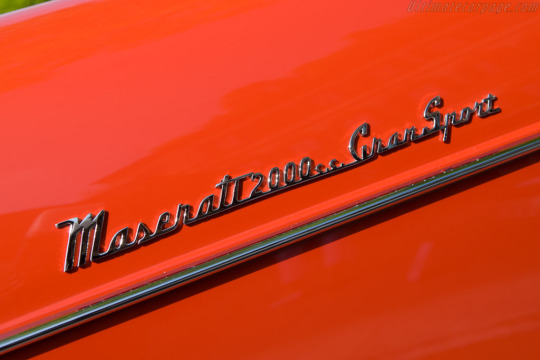

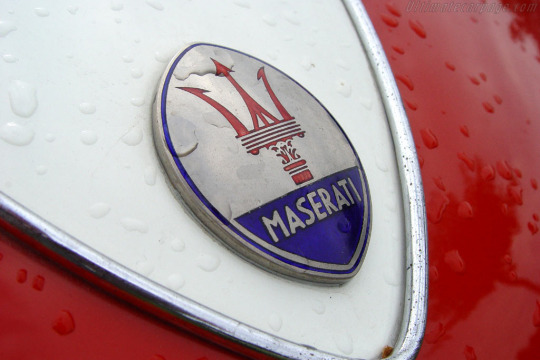
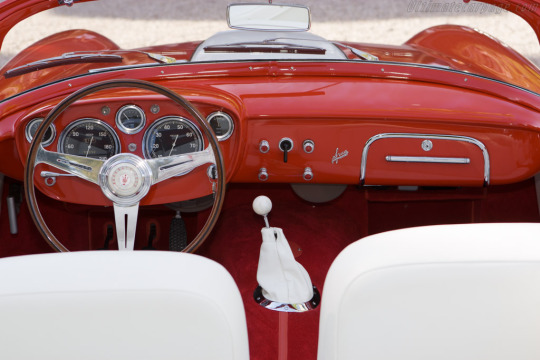

Maserati A6G/54 Spider by Frua (1 of 10).
From 1954 Maserati offered the final edition of the A6G sports car. As with its predecessor, the sales designation 2000 GT was frequently used in brochures and advertisements. On the race tracks of the World Sports Car Championship, the corresponding offshoots were called A6GCS. By 1957, only 60 Maserati A6G/54 cars had been built, with the bodies being exclusively built by external coachbuilders such as Allemano, Zagato and Frua.
So the A6G/54 presented at the Paris Motor Show in October 1954 had to meet high expectations. On the one hand, its driving performance was to clearly exceed that of its direct predecessor. On the other hand, Maserati naturally also wanted to increase its production figures again. And last but not least, there was direct competition with Ferrari, an up-and-coming company that had been enticing customers by building sports cars in the immediate vicinity since 1947. Accordingly, the engineers under Gioacchino Colombo began to thorougly rework the two-liter inline six-cylinder engine. Compared to the A6G, the ratio of bore to stroke was changed, turning a long stroke engine into a short stroke engine with two overhead camshafts. Compared to the A6GCS, Maserati used a chain instead of sprockets to drive the camshafts in the A6G/54 to improve reliability in everyday use. These measures increased the revs and thus the power output, which in this case was around 50 percent higher than that of the predecessor. Expressed in figures, 110 kW/150 hp was initially available, later even 118 kW/160 hp thanks to dual ignition.
As already mentioned at the beginning, Maserati at that time only produced the engines, transmissions and the tubular frame made of steel tubes including suspensions for the A6G/54. Then they sent the components to the coachbuilder selected by the individual customer. The official brochures offered a choice of four bodies. Tipo A and Tipo B came from Frua, Tipo C from Allemano and Tipo D from Zagato. Pinin Farina had previously fitted various A6 and A6G chassis, but then fell out of favour with Maserati when they entered into close cooperation with Ferrari. Only for the A6GCS, a few bodies were still being built there at the request of Maserati dealer Mimmo Dei.
This dealer was also the one who started the ball rolling for the A6G/54 Frua Spider. After a Spider based on a A6GCS chassis with the engine of the A6G/54 was completed in Pietro Frua’s workshop in the spring of 1955, Mimmo Dei ordered a small series of ten vehicles. However, only the first one was given the same design as the original model. The other nine were given an extended front and other modifications in detail. Different bumpers and small fake air intakes on the rear fenders for example.
65 notes
·
View notes
Text
Endless summer/2: 1957 Fiat 500N Cabriolet by Allemano
We knew, and have seen, many special Fiat 600s built by Allemano, but we have never seen, nor were we aware of, Fiat 500s built by the same coachbuilder.
Furthermore, in this case, we are not talking about a coupé or a small station wagon, but a Spider, which makes it even rarer since its construction requires much greater engineering commitment as there is no roof to hold together the two ends…
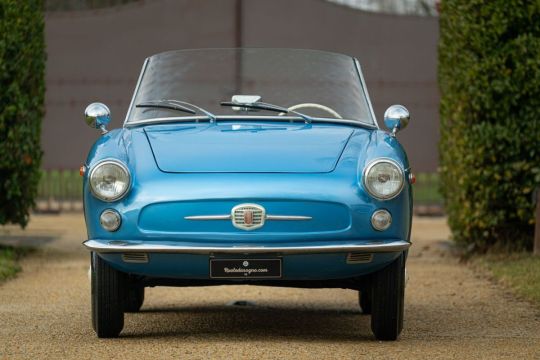
View On WordPress
7 notes
·
View notes
Text
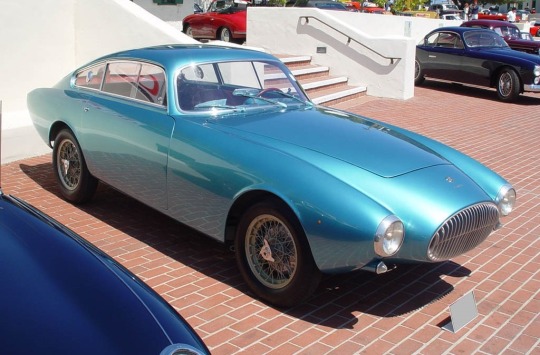
Cisitalia 202B Abarth by Allemano
12 notes
·
View notes
Text



1964 Allemano Abarth 2400 Coupé
My tumblr-blogs: https://www.tumblr.com/blog/germancarssince1946 & https://www.tumblr.com/blog/frenchcarssince1946 & https://www.tumblr.com/blog/englishcarssince1946 & https://www.tumblr.com/blog/italiancarssince1946 & https://www.tumblr.com/blog/japanesecarssince1947
14 notes
·
View notes
Text
youtube
#Maserati A6G-2000 Allemano#1956#1950s#pebble beach#Jonathan Segal#jay leno#maserati#Allemano#Jay Leno’s Garage#Youtube
0 notes
Photo
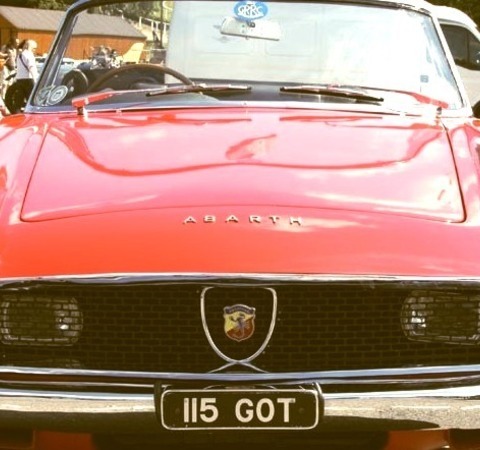
61 Abarth Allemano
1 note
·
View note
Text
Lina Allemano — Canons (Lumo)
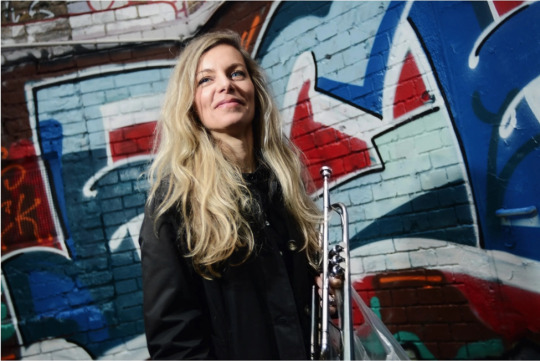
Photo by Manuel Meithe
A canon is a compositional technique involving the statement and restatement of a melody with controlled variations. Familiar examples include rounds such as “Row, Row, Row Your Boat” and Johann Pachelbel’s famous composition. In this recording, trumpeter and composer (and bandleader and label-runner) Lina Allemano experiments with the form in a set of small groups consisting of trumpet and one to three other voices, with cello by Peggy Lee, clarinet by Brodie West, bass by Rob Clutton, synth by Ryan Driver, guitar by Tim Postgate, trombone by Matthias Müller, and/or trumpet overdubs by Allemano herself; four other tracks include “live-processing/ effects” by Mike Smith. Allemano has worked with these collaborators before, and they commit fully to the project, which incorporates their improvisation into her compositions.
Especially given the variety in the instrumentation, each track has a distinctive feel. Opener “3 Trumpet Canon” begins with a classical-sounding flourish and ends in whispery breaths, while “Bobby’s Canon,” a lovely blend trumpet, cello, and clarinet, ebbs and flows through its variations. “Butterscones,” the first of the two tracks with Clutton, Driver, and Postgate, begins not unlike the opener but moves into atonal territory; the second, “Twinkle Tones,” begins in atonal territory and becomes more traditional-sounding near the end. Similarly, the sleek harmonies of the track with Müller are interrupted by a noisier middle section. The tracks with Smith represent an incarnation of BLOOP, his ongoing duo project with Allemano (Bill Meyer reviewed their 2021 release for Dusted). His real-time manipulation of her trumpet seems to stretch the canon form to its limits, with noise and effects serving to refract musical ideas often expressed in extended notes.
Canons is, according to the liner notes, the product of a kind of compositional game, and that lightheartedness pervades the album, in contrast with the more somber, Covid-focused Pipe Dream released earlier this year (which I reviewed in May), and this year marks the twentieth anniversary of Lumo, the label that Allemano founded and runs to release her music. So, this is a good opportunity to recognize her contributions to the scenes in Toronto and Berlin in particular and modern jazz in general. By providing an alternative to the corporate music industry, the hard work of Allemano and other musician-entrepreneurs such as, to choose a random example from the world of jazz, Whit Dickey’s Tao Forms, helps to ensure that adventurous and uncompromising music continues to be made and those with diverse tastes such as the readers of Dusted continue to have access to it.
Jim Marks
1 note
·
View note
Text

1954 Fiat 1100 TV Abarth Allemano Coupé by Giovanni Michelotti
11 notes
·
View notes
Text
0 notes
Text



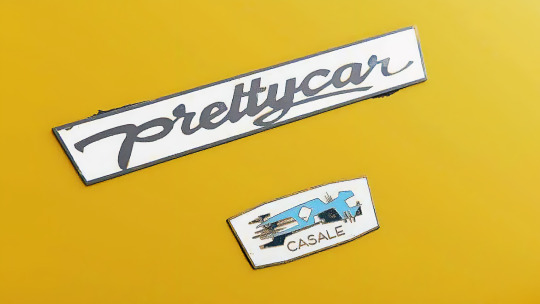
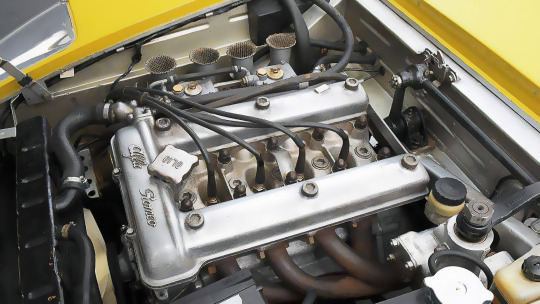


Alfa Romeo Prettycar, 1968, by Casale. A second Afla Romeo prototype by Carrozzeria Casale used the chassis from a 1962 Abarth 750 Allemano Spyder and an Alfa Romeo DOHC 1600cc engine. The front and rear hoods were made of aluminium while the windshield and rear glass were Plexiglas.
source
#Alfa Romeo#Alfa Romeo Prettycar#Casale#Carrozzeria Casale#one-off#coachbuilt#prototype#DOHC#1968#1960s
215 notes
·
View notes
Text

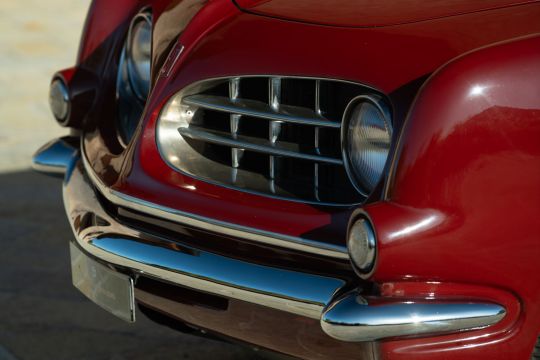
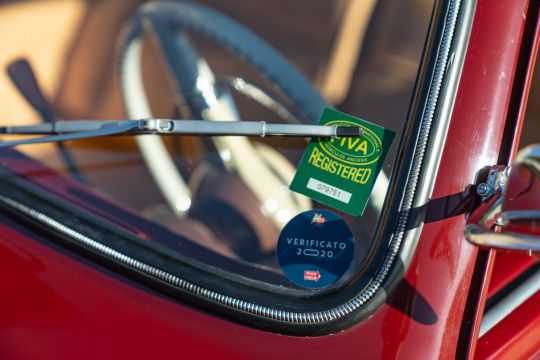

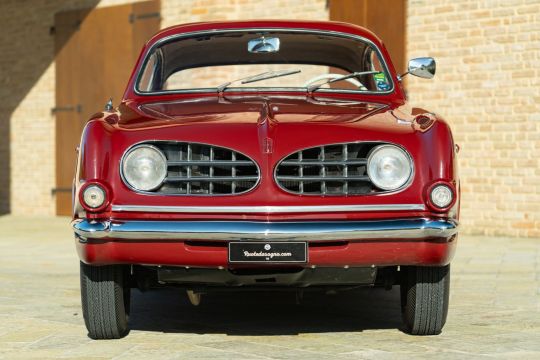
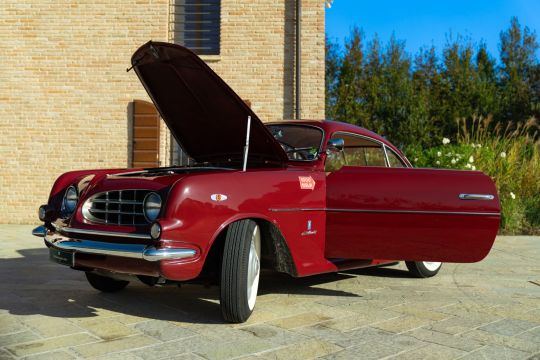
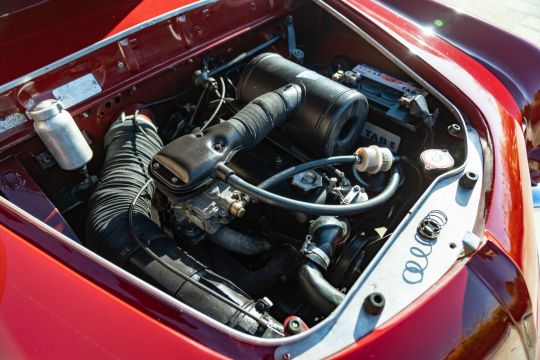

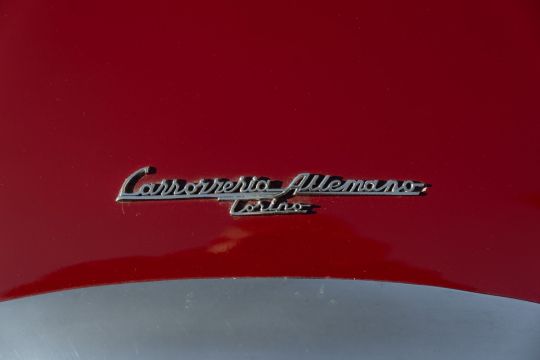

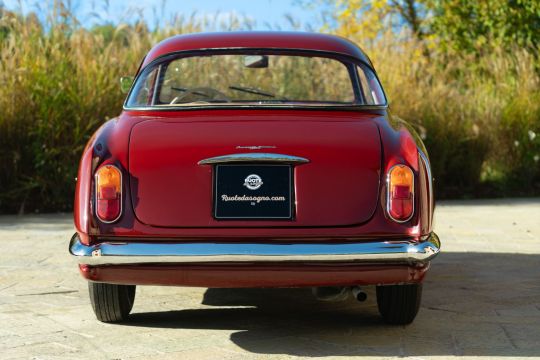
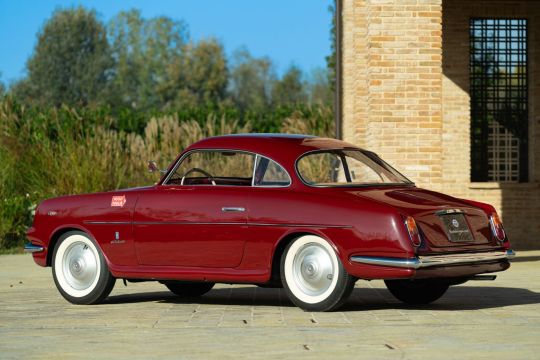
Fiat 1100-103 Coupe Allemano 1953. - source Ruote da Sogno.
44 notes
·
View notes
Photo
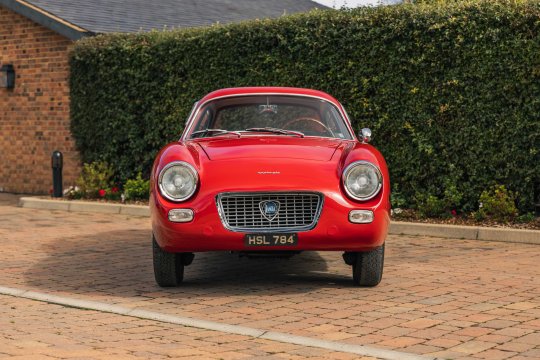

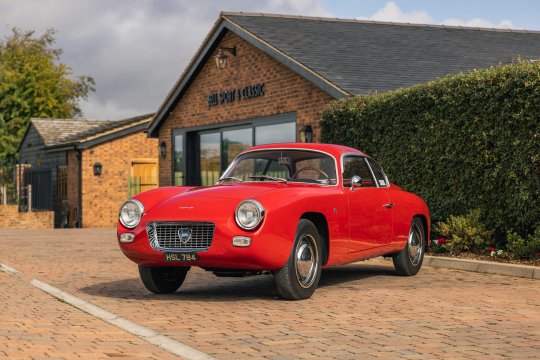

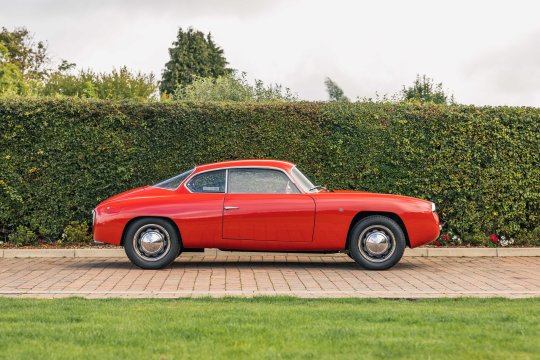

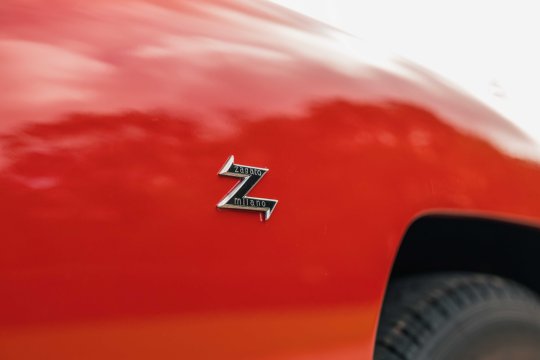



Lancia Appia Zagato GTE
Introduced in 1953 as a replacement for the Ardea, Lancia built over 100,000 Appias in total. All used the ultra-compact 1090cc, 10-degree V4 engine which originally produced a mighty 38bhp (this one has 60!). Despite the numbers you’ll rarely encounter one these days and none as special as this.
In 1956 Lancia made a chassis available to coachbuilders. Allemano, Ghia, Vignale and Pinin Farina were among those who had a dabble, but it was Zagato, treading its own idiosyncratic path as usual, which really defined the sporting Appia.
The coupé was the first Zagato-bodied Lancia to go into limited series production and was the genesis of a fruitful collaboration for both companies. Zagato produced three basic versions over the next six years: GT (or GTS, or GTZ…), GTE and Sport.
At the Turin Show of 1958, the GTE (‘E’ for esportazione, or export) emerged, its longer front overhang accommodating recessed and faired-in headlights and for 1960, a power hike from 53 to 60bhp was celebrated by yet another headlight configuration (still recessed, but without fairings) plus the addition of front-wing indicator repeaters and side- window wind deflectors.
All the versions shared the same basic construction and engineering Under the aluminium outer skin lurks a strong steel structure, which is nonetheless quite light. The package is also highly efficient aerodynamically, Zagato successfully adhering to the usual Lancia recipe – ‘efficiency, precision and balance rather than brute-force horsepower’.
This is demonstrated well by the cars’ competition record. On his way to an 1100cc class win on the 14 Mille Miglia, Luciano Mantovani set some average speeds that all but matched far more powerful opponents from Maranello and Stuttgart; and Zagato Appias cleaned up in the 1100ce class of the Italian Championship from 1959 to ’61 – driven, that final year by Cesare Florio.
57 notes
·
View notes
Text
Was red: 1959 Abarth 850 Coupè by Allemano
We always aim to understand exactly what the name of this particular Abarth is, as some call it “Scorpio” and others don’t. Obviously there is something we are missing.
Never mind, the important thing is not the name but the car itself which in this case is in pretty bad shape: it certainly hasn’t seen the tarmac for many, many years, in our opinion at least 30 but it could easily be 40. The…
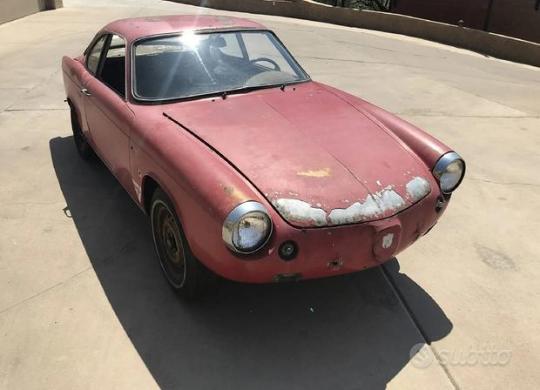
View On WordPress
12 notes
·
View notes
Text
1959 Allemano Abarth 🦂 750 Spider

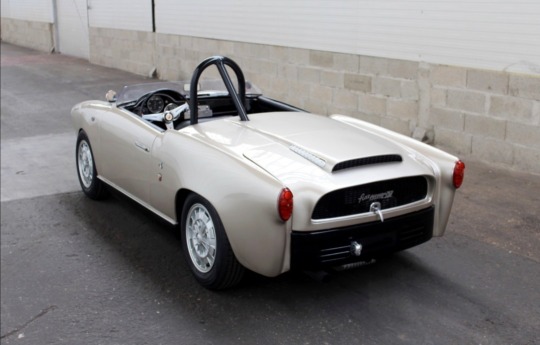
22 notes
·
View notes